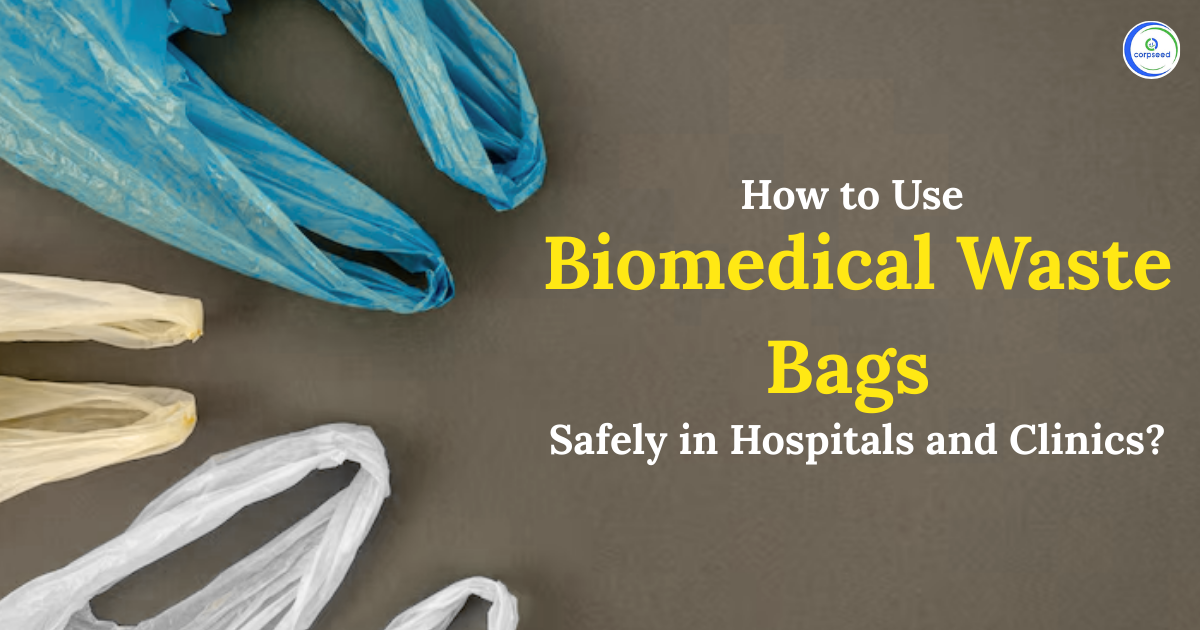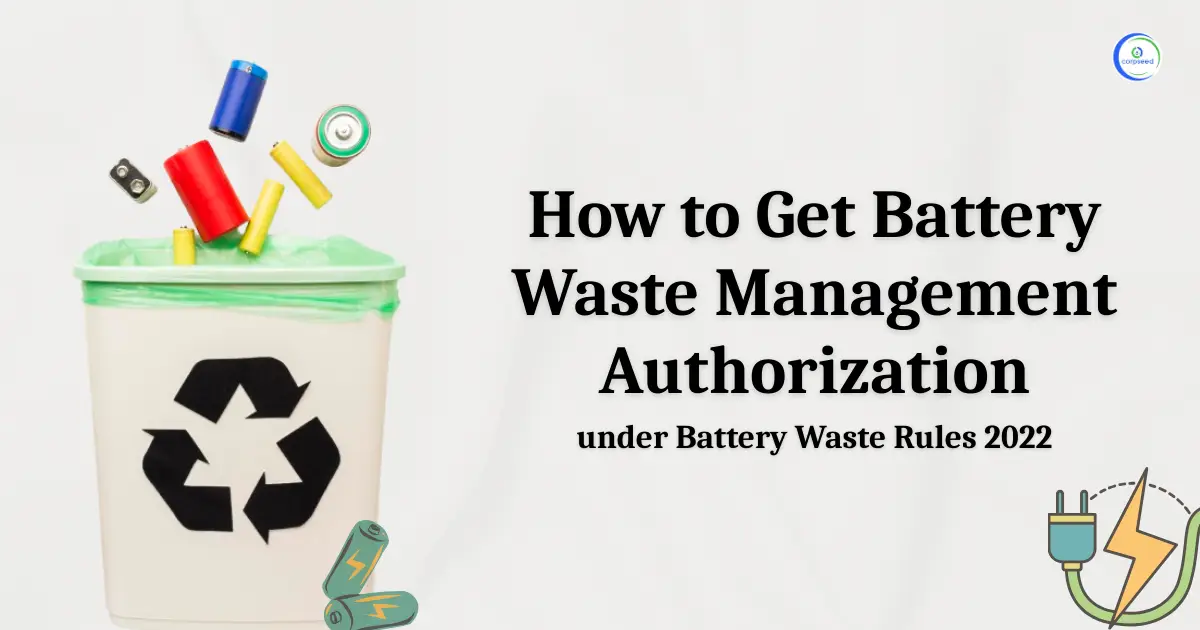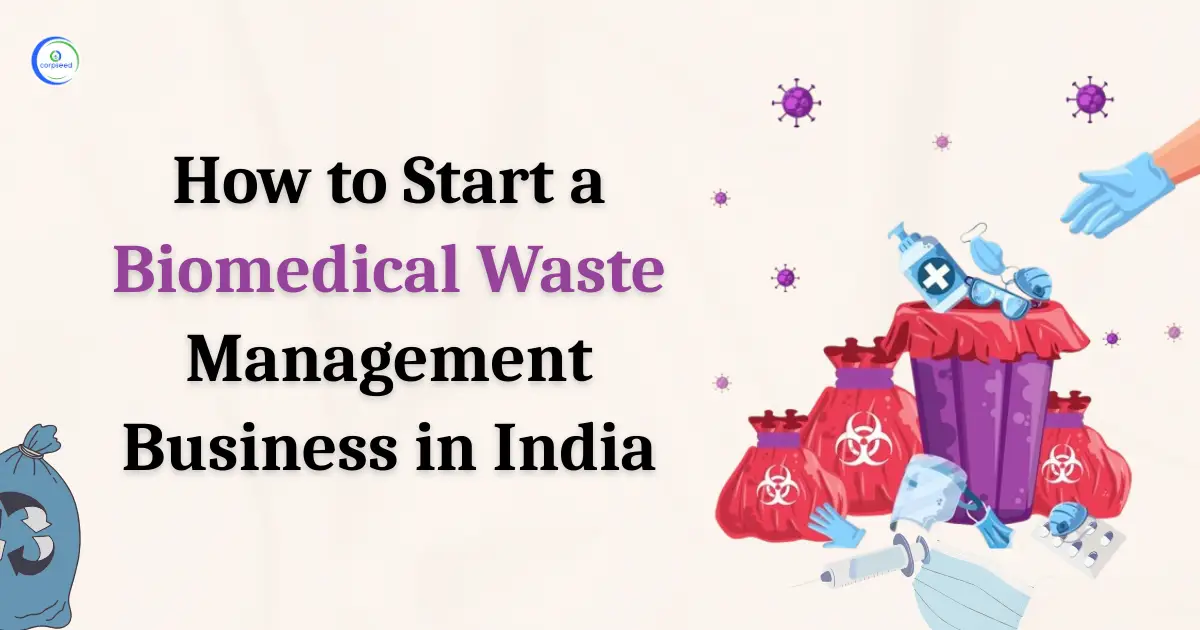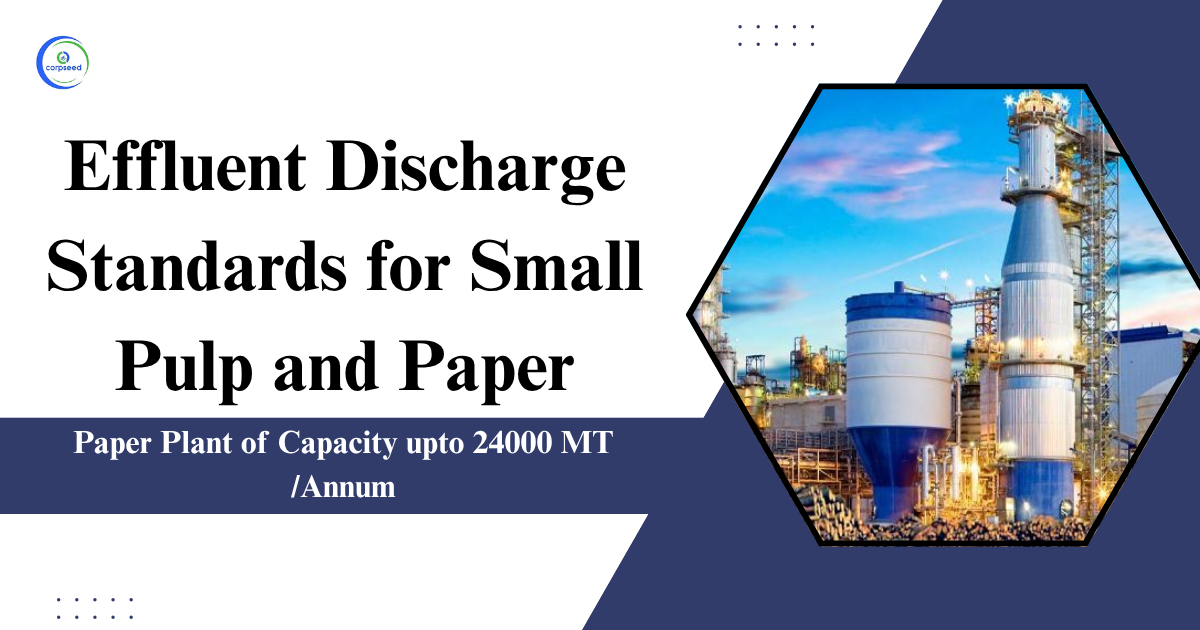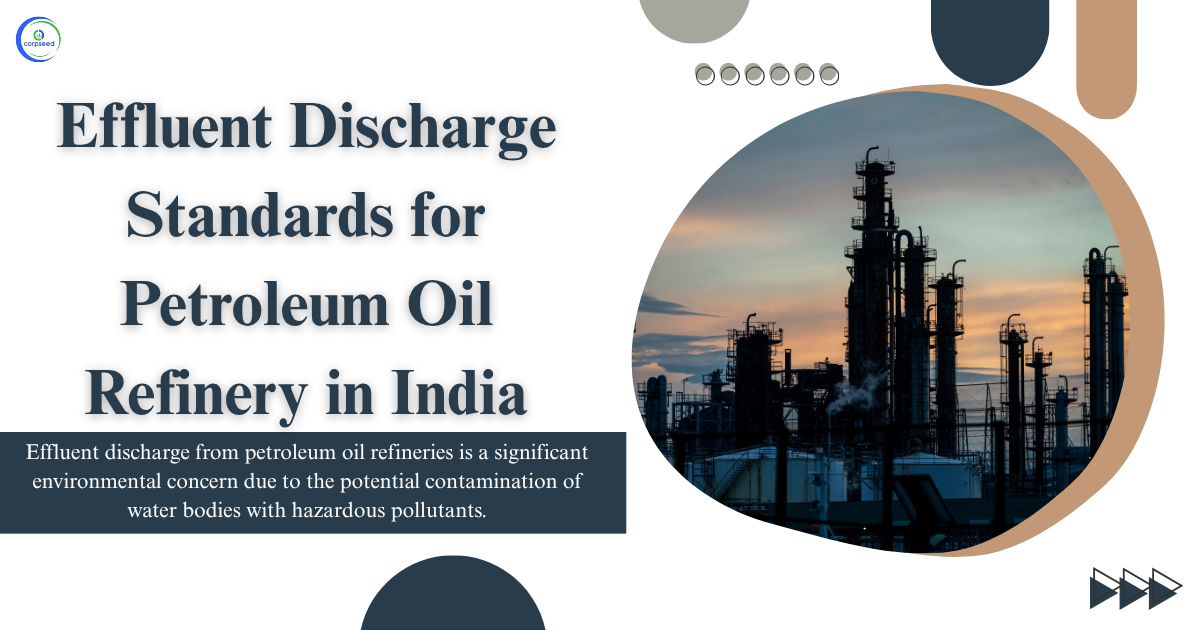India’s meat and seafood industries significantly contribute to the economy and food security but produce large volumes of wastewater and solid waste. Without proper treatment, these effluents pose serious environmental risks. To address this, the Ministry of Environment, Forest and Climate Change (MOEFCC) set strict effluent discharge standards India under the Environment Protection Rules 2016. These regulations establish limits on pollutants from slaughterhouses, meat processing units, and seafood industries. The rules are based on the Environment (Protection) Act, 1986 and follow CPCB guidelines for slaughterhouse and meat processing regulations India. Key parameters such as BOD COD limits for meat industry ensure safe wastewater treatment. Enforcement by CPCB, SPCB, and PCCs ensures environmental compliance, safeguarding water bodies and public health while promoting responsible slaughterhouse waste management and seafood industry pollution norms.
Table of Contents
- What is the Environment (Protection) Act, 1986?
- Importance of CPCB Effluent Guidelines for Slaughterhouse, Meat and Seafood Industries
- Key Pollutants of Slaughterhouses, Meat Processing Units, and Seafood Industry
- Effluent Standards for Slaughterhouses, Meat Processing Units and Seafood Industry
- Monitoring and Compliance
- Conclusion
--------------Blog Contact Form-------------
What is the Environment (Protection) Act, 1986?
The Environment (Protection) Act, 1986 is a central legislation enacted by the Government of India to provide for the protection and improvement of the environment. This act empowers the central government to take all necessary actions to prevent environmental pollution and prescribe standards for emissions and discharges of pollutants from industries.
Following this act, the government periodically updates rules and notifications to address emerging environmental challenges. The Environment Protection Rules 2016 represent a significant amendment aimed at strengthening pollution control mechanisms. These rules specifically include effluent discharge standards for slaughterhouses, meat processing units, and the seafood industry to regulate wastewater and solid waste disposal effectively.
The act forms the legal basis for issuing CPCB standards and guidelines to help industries meet environmental requirements. It also enables enforcement authorities such as the State Pollution Control Boards (SPCBs) and Pollution Control Committees (PCCs) to monitor and ensure compliance with the norms.
Importance of CPCB Effluent Guidelines for Slaughterhouse, Meat and Seafood Industries
The Central Pollution Control Board (CPCB) is the national authority responsible for setting pollution control standards and issuing guidelines for effluent discharge. Its role in the meat and seafood industry is critical due to the following reasons:
- Protection of Water Bodies: Untreated or inadequately treated wastewater from slaughterhouses and seafood units contains high levels of organic and inorganic pollutants that can contaminate rivers, lakes, and groundwater sources. CPCB guidelines ensure that discharges meet stringent quality standards, preventing water pollution.
- Public Health Safety: Wastewater and solid waste from these industries can harbour pathogens and harmful microorganisms. Following CPCB standards, helps reduce the risk of diseases spreading to communities living near such facilities.
- Legal Compliance: CPCB standards form the benchmark for obtaining environmental clearance and operating permits. Industries adhering to these guidelines avoid penalties and legal action under the Environment Protection Act.
- Uniformity across States: By providing consistent national standards, CPCB facilitates uniform enforcement by state bodies like SPCBs and PCCs, reducing ambiguity for industries operating in different regions.
- Promotion of Wastewater Treatment Technologies: CPCB guidelines encourage the adoption of advanced treatment methods, including Effluent Treatment Plants (ETPs), to achieve the specified BOD COD limits for meat industry wastewater.
- Sustainable Industrial Growth: These norms support the balance between industrial growth and environmental conservation by minimizing the ecological footprint of meat and seafood processing.
Key Pollutants of Slaughterhouses, Meat Processing Units, and Seafood Industry
Wastewater discharged from slaughterhouses, meat processing, and seafood units contains various contaminants that affect environmental quality. The key pollutants include:
- Biochemical Oxygen Demand (BOD): Represents the amount of oxygen microorganisms require to break down organic matter in wastewater. High BOD levels indicate high organic pollution, leading to oxygen depletion in receiving water bodies.
- Chemical Oxygen Demand (COD): Measures the total quantity of chemicals in wastewater that can oxidize, indicating pollution strength.
- Suspended Solids: Particles such as fat, tissue fragments, blood, and other solids that cause turbidity and sedimentation in water bodies.
- Oil and Grease: Result from fats and oils in meat and seafood processing, causing surface contamination and harm to aquatic life.
Effluent Standards for Slaughterhouses, Meat Processing Units and Seafood Industry
The Ministry of Environment, Forest and Climate Change (MOEFCC) amended the Environment (Protection) Rules 1986 to include specific effluent standards for these industries. These standards ensure that wastewater discharged into the environment is treated adequately to minimize pollution. The standards, detailed in Schedule-I of the rules, are as follows:
| S.No. | Industry | Parameter | Standards |
| 50 | A. Slaughterhouses or Meat Processing Units or Both | Effluents | Maximum Concentration values are in mg/l except for pH |
| pH | 6.5 to 8.5 | ||
| Bio-chemical Oxygen Demand (BOD) [3 days at 27°C] | 30 | ||
| Chemical Oxygen Demand (COD) | 250 | ||
| Suspended Solids | 50 | ||
| Oil and Grease | 10 | ||
| B. Sea Food Industry | Bio-chemical Oxygen Demand (BOD) [3 days at 27°C] | 30 | |
| Suspended Solids | 50 | ||
| Oil and Grease | 10 |
Additional Notes:
- For slaughterhouses operating under local bodies or municipalities, where treated effluent is discharged into municipal sewers connected to full-scale sewage treatment plants, the BOD limit may be relaxed to 100 mg/l.
- All slaughterhouses and meat processing units must ensure the safe and proper disposal of solid waste. This includes Type I waste, such as vegetable matter like rumen, stomach and intestinal contents, dung, and agricultural residues, and Type II waste, which includes animal matter like inedible offal, tissues, meat trimmings, condemned meat, and bones. Disposal should be carried out using technology approved by SPCBs or PCCs.
Monitoring and Compliance
Ensuring compliance with effluent discharge standards India in slaughterhouses, meat-processing units, and the seafood industry requires strong monitoring and enforcement by CPCB, SPCBs, and PCCs. Before starting operations, industries must obtain consent to establish and operate, which mandates installing proper Effluent Treatment Plants (ETPs) to meet the prescribed BOD COD limits for meat industry wastewater. Treatment typically involves primary, secondary, and tertiary processes to ensure safe discharge. Large facilities are required to implement real-time online monitoring systems that continuously track effluent quality and report to CPCB, ensuring transparency and prompt action in case of violations. Regular inspections and annual environmental audits by SPCBs and PCCs verify adherence to CPCB guidelines for slaughterhouse and seafood pollution norms. Non-compliance can lead to penalties, legal action, or facility shutdown under the Environment Protection Rules 2016. CPCB also promotes public disclosure of pollution data, enhancing accountability and supporting effective environmental compliance meat industry efforts.
Conclusion
The enforcement of effluent discharge standards India through the Environment Protection Rules 2016 represents a critical step toward sustainable growth in the slaughterhouse, meat processing, and seafood industries. These standards, developed and monitored by CPCB, SPCBs, and PCCs, ensure that wastewater and solid waste are treated and disposed of responsibly.
By adhering to the prescribed slaughterhouse effluent standards, meat processing unit waste disposal norms, and seafood industry pollution norms, industries can minimize their environmental footprint while contributing to economic development. Proper wastewater treatment in line with MOEFCC effluent norms and the installation of Effluent Treatment Plants facilitate compliance and help achieve cleaner production.
Increased awareness and implementation of these regulations not only protect India's precious water resources but also safeguard public health and promote ecological balance. For the meat and seafood industries, abiding by these guidelines is not just a legal obligation but a commitment to sustainable industrial practices and environmental stewardship.
This portion of the site is for informational purposes only. The content is not legal advice. The statements and opinions are the expression of author, not corpseed, and have not been evaluated by corpseed for accuracy, completeness, or changes in the law.
BOOK A FREE CONSULTATION
Get help from an experienced legal adviser. Schedule your consultation at a time that works for you and it's absolutely FREE.
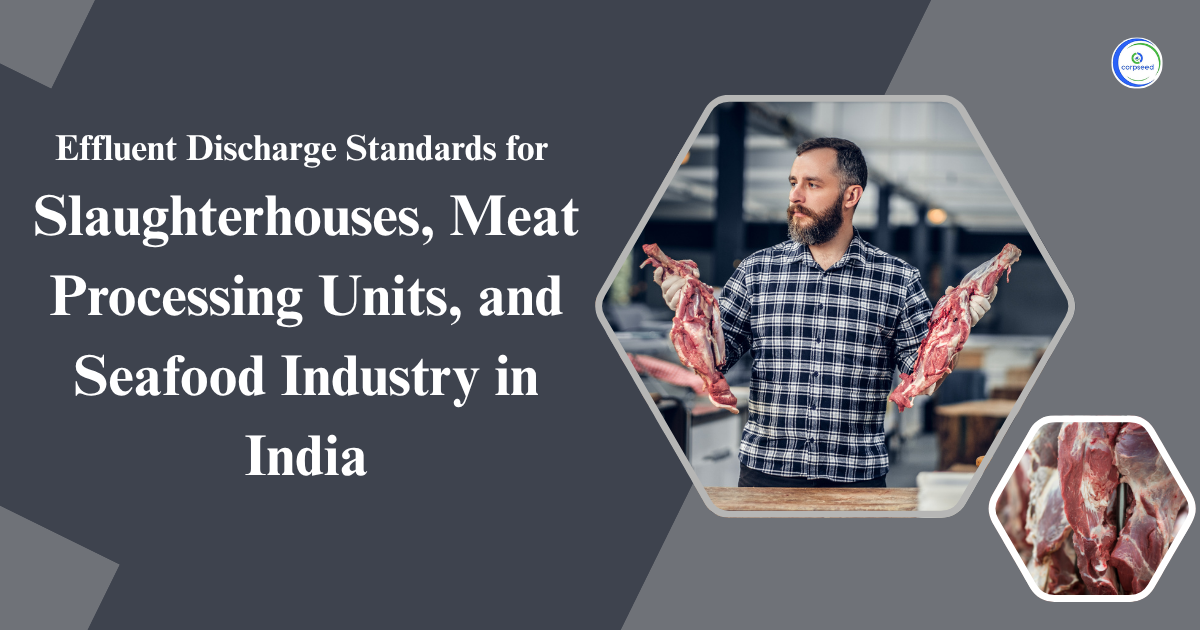

.webp)
